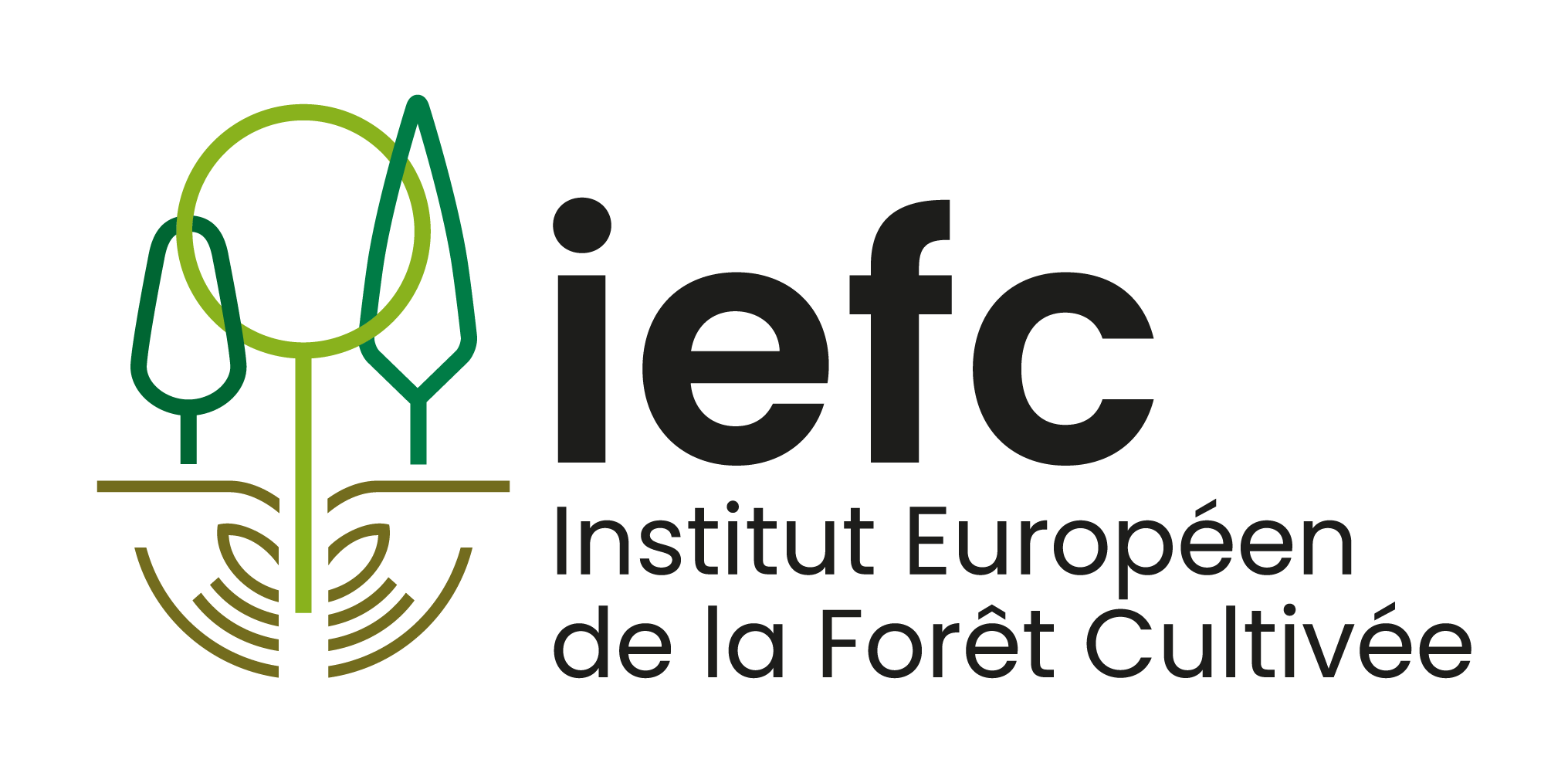 REINFFORCE Project is a co funded project by the European FEDER INTERREG IV for the Atlantic Space and concerning the Regional Goverments of Norte, Centro and Alentejo in Portugal; Galicia, Cantabria, País Vasco, Navarra y Castilla y León in Spain; Haute-Normandie, Basse-Normandie, Pays de la Loire, Bretagne, Poitou-Charentes and Aquitaine in France and England, Wales and Scotland in United Kingdom. The members of the consortium are ISA from Portugal; CIF-Lourizan, University of Valladolid, Neiker, IKT, and GAVRN from Spain; INRA, CPRF and IDF from France and Forest Research in United Kingdom; the coordination is done by EFIAtlantic. This project started early in 2009 and it will be running for a 4 years period.
REINFFORCE Project is a co funded project by the European FEDER INTERREG IV for the Atlantic Space and concerning the Regional Goverments of Norte, Centro and Alentejo in Portugal; Galicia, Cantabria, País Vasco, Navarra y Castilla y León in Spain; Haute-Normandie, Basse-Normandie, Pays de la Loire, Bretagne, Poitou-Charentes and Aquitaine in France and England, Wales and Scotland in United Kingdom. The members of the consortium are ISA from Portugal; CIF-Lourizan, University of Valladolid, Neiker, IKT, and GAVRN from Spain; INRA, CPRF and IDF from France and Forest Research in United Kingdom; the coordination is done by EFIAtlantic. This project started early in 2009 and it will be running for a 4 years period.
The main goal of REINFFORCE is to build up an infrastructure for the later study of adaptation of forest trees to climate change in the European Atlantic rim, this will done by the members of the consortium. This infrastructure has been divided into different units, by one side a total of 33 arboreta will be established along the European Atlantic Space from South of Portugal to South of Scotland. Another component of the infrastructure is a network of 33 demonstration sites, where different options of management will be compared to observe differences in adaptation among traditional practices and more climate change oriented ones. Additionally a common database of long term trials with several species has been set up, currently this database has information from trials of the project participant, but has vocation to be extended in collaboration with EFINORD. Finally common protocols in phenology, forest growth and sanitary aspects will be created for the whole network and will be shared with interested stakeholders in these topics.
During this first year 2.009 the main working efforts have been focused on the selection of species and genetic units for the arboreta network, while the rest of working groups will be fully operative during the first half of year 2.010.
It has been decided to produce in a common nursery a total of 32 species, that lately will be planted in the arboreta. At these first stages of the selection process the coordination of the project asked the member for potential species of theirs interest, as a result a set of 200 species was studied by an expert panel to reduce them to 68 species. For all these 68 species basic information about ecology, distribution, genetic boundaries, growth rates, sanitary problems and a list of indicators on adaptation to climate change were produced. With the help of a Decision Support System and using as input data the list of indicators, a final list of 35 species were selected. Finally information about potential ability of seeds from these species was required for the final reduction from 35 to 32 species. For these species members of the network the members agreed in have a common set of 3 compulsory genetic units per arboretum of the network, additionally some members with special interest on some species could have up to 5 extra genetic units within their arboreta. The definitive taxa for the arboreta network are:
Betula pendula Cedrus atlantica Calocedrus decurrens Cedrus libani Cupressus sempervirens Ceratonia siliqua Fagus orientalis Larix decidua Pinus brutia Pinus elliottii Pseudotsuga menzienesii Pinus nigra subspecie laricio and subspecie salzmanii Pinus peuce Pinus pinaster Pinus pinea Pinus ponderosa Pinus sylvestris Pinus taeda Quercus ilex and Q. rotundifolia Quercus petraea Quercus robur Quercus rubra and Q. phellos Quercus suber Robinia pseudoacacia Sequoia sempervirens Thuja plicata Eucalyptus nitens, E. gundal and E. globulus Abies cephalonica Acer pseudoplatanus Castanea Sativa Cunninghamia lanceolata
